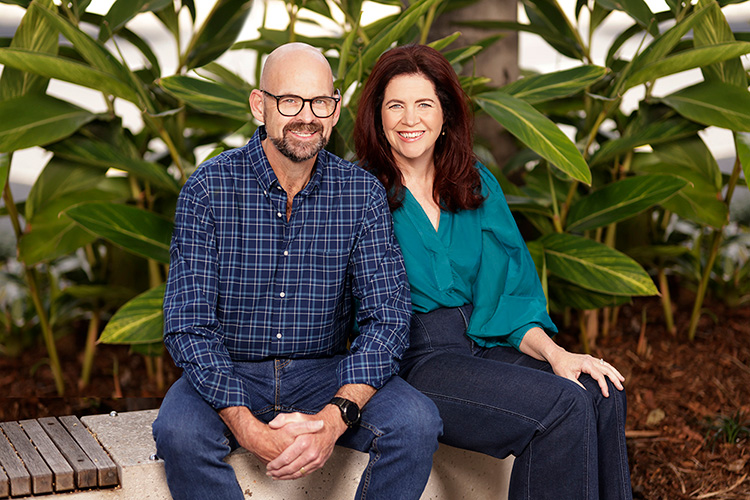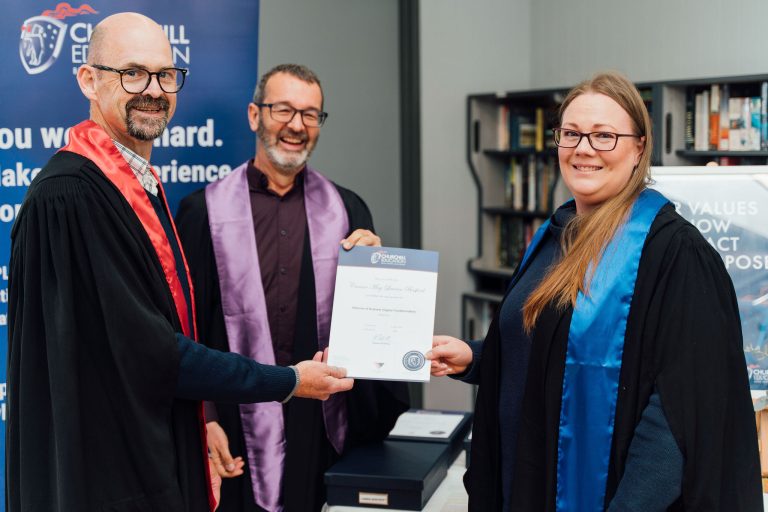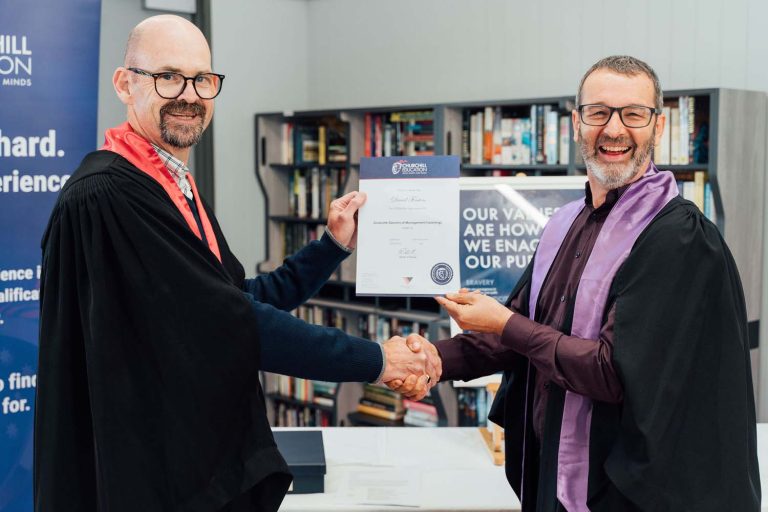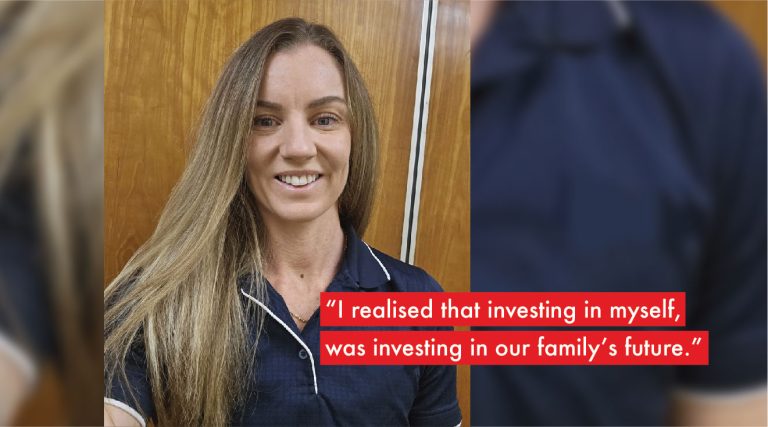We often hear people talk about working smarter, not harder. But how do you go about that when it comes to a career change? It’s a good question…so we got to thinking. We pulled our collective learned lessons together of what worked (plus what didn’t work…because let’s face it, sometimes our most spectacular failures produce our finest learnings) to create our three-step guide on nailing a strategic career change. Even if you’re not currently contemplating a career change, it’s good knowledge to have up your sleeve for when you might be.
Find out what you’re eligible for
1. Brainstorm.
Here’s something that’s working in your favour – this job market is an employee’s market, and it’s not set to change anytime soon. What do I mean by that? As anyone who’s popped onto Seek or LinkedIn will testify to, employees are in hot demand now, and job benefits are reflecting that.
There’s nothing worse than jumping into a job, only to realise it’s not the right fit. I’ve been there before, and it’s a costly mistake to have on a resume. So be strategic, go to a job that fulfills what you want, and aligns with your personal values!
Whether it’s job flexibility you’re looking for, or a higher salary – there’s a job out there that meets what you’re looking for, and they would be lucky to have you. So, spend some time thinking and planning!
Conduct self-assessments, be clear on your values, sit down with your favourite beverage, and map out what you want.
Ask yourself: What motivates you? Are you after a fast-paced and experimental position, or are you after a slow and steady, tried and tested position? Is full-time work what you want? Are you a fan of working from home? Are you looking to be a team leader? Is this job a steppingstone, or are you looking to hang around for a long time? Are you wanting to move cities?
2. Get Your House In Order.
Alright – you’ve figured out what you want in a job. Now it’s time to put yourself in a position to nab that role.
You want to be the best candidate for an open position, so make sure your resume reflects your skills and abilities. Do you know what’s one of the best ways to do it?
Qualifications.
I know what you may be thinking, ‘but I don’t have (insert copious amounts of time here!) to study a qualification’.
Good news, you don’t have too! Recognition of Prior Learning (RPL) means you can convert the knowledge, skills and experience you’ve acquired on the job into nationally recognised qualifications, without any study needed. Same qualifications – a fraction of the time, in fact, in as little as a week!
So, start pulling workplace examples together! After being a Registered Training Organisation for more than 16 years and speaking with countless people, we can tell you with certainty that it’s much easier to gather work samples when you’re currently in a position, as opposed to when you’ve left an organisation. Be strategic and start rounding up examples of your best work. We offer a free evidence bank, think of it as a secure place to keep work samples, until you’re ready to action them. Just like a bank, your evidence bank is private.
If you’re playing it strategically, it’s worth considering payment options. Budgeting is important, and something we think about as a team…in fact we often share our money tips with each other. Increasingly people are looking for payment options that help them balance their household budget while also future proofing their career. It’s a smart investment too! Backing yourself with qualifications is an important tool for future proofing your job options. Managing your finances is equally important for protecting your future.
That’s why, a while back we added instalment payment plans and education loans to our range of payment options. We encourage people to check out and see which payment option suits their situation best.
Find out what you’re eligible for
3. Build Your Brand.
You must get on LinkedIn. I know, it might seem a bit of work, but it pays off!
Here’s why: over 80% of hiring managers are vetting candidates with LinkedIn. It makes sense too, LinkedIn acts as an one-stop-shop for prospective employers to check out who you are! So, take advantage of this – think of it as a big billboard to show off exactly why you’re the person they need on their team.
So, spend some time polishing up your LinkedIn. Don’t worry, if you’re not a social media expert – we’ve got an easy-to-follow LinkedIn guide created by experts in the know. Check it out to make sure you’re getting the best bang for buck out of your LinkedIn profile.
But here’s the ABCs on stepping up your LinkedIn profile for a strategic career change.
- Ask for recommendations. Yes, we know it can be a little frightening, but recommendations are a great way to show what other’s valued about working alongside, managing, or being led by you. Think of it as validating what you say about yourself in your profile! Best practice is to enter with a plan. Think about which skills or qualities you’d like to emphasise to future employers, and politely ask to be recommended around said qualities or skills. Be sure to express gratitude and place no pressure on them to do so. A bit of quid-quo-pro can go a long way as well.
- Build your network. This is what separates LinkedIn from a simple resume. Your network functions not only as a valuable tool for professional development, but also showcases your connections and interactions. And with 85% of critical jobs being filled via networking of some sort, you should set aside time on networking. Connect with people you know offline, and people you discover virtually who are relevant to your industry. Bonus tip, if you’re trying to enter a new industry – locate people who are already in the field you want to be in and connect with them!
- Collate a portfolio. Your LinkedIn profile has a slot to show featured content. Think of this as a chance to show off your best work, the stuff that you’re super proud of and demonstrates why you’re the best candidate for a role. This might be a group you led or final shots of a project you managed, but it should put your best foot forward and leave people feeling confident in your abilities. And bonus, your portfolio might one day help secure those qualifications you are seeking if you chose an Recognition of Prior Learning (RPL) pathway.
That’s it folks! Well – not really; if you’ve got any questions, or need a bouncing board around what’s next, feel free to reach out (1300 793 002 or Hello@ChurchillEducation.Edu.Au). We’re always happy to help and be of service.
P.S If you’re contemplating a career change be sure to check out our career resources. We’ve thrown all our best tips and guides (from online interview tips to redundancy guides) in one key location!
As always, take care and we’re cheering for you!
The Churchill Education Team
1300 793 002








